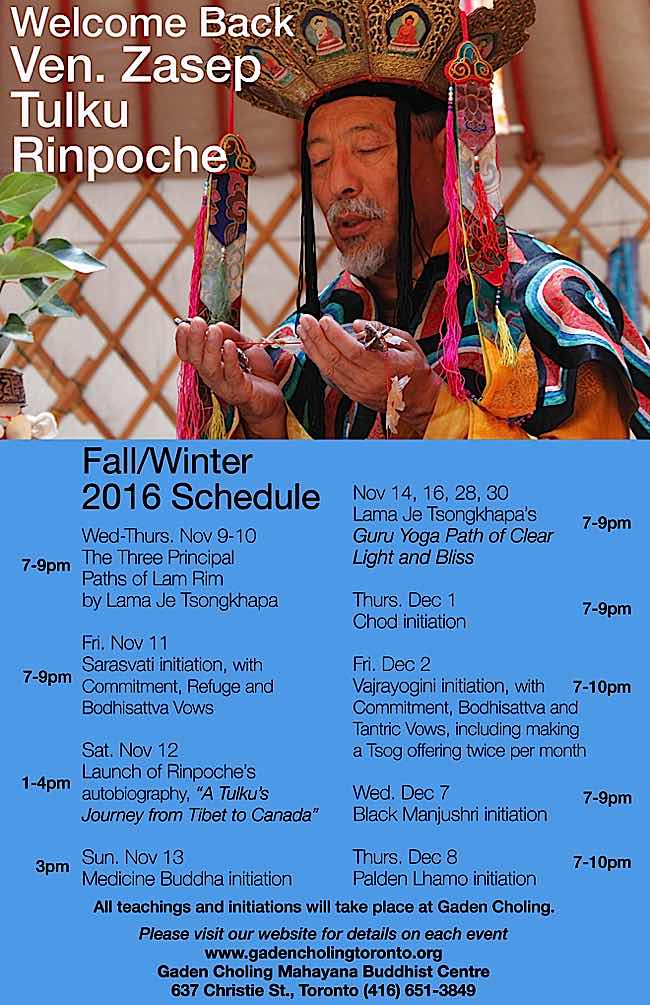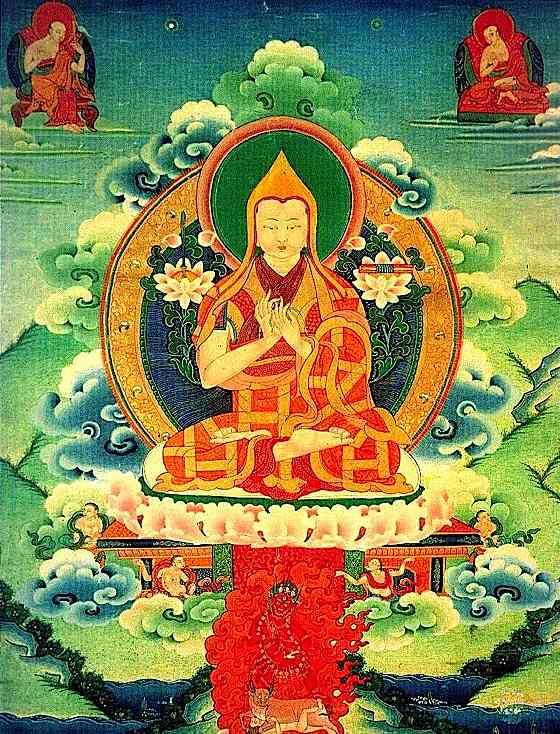Originally written and published by Lee Kane of Buddha Weekly: Buddhist Practices, Mindfulness, Meditation and Views. Copyright Buddha Weekly.
“In these times of rampant consumerism and rapid technological and cultural change, more and more people are searching for a spiritual path that will help them live more meaningful lives and find deep inner peace,” writes Venerable Zasep Tulku Rinpoche, in his Guidelines for Students. [1]
Venerable Zasep Tulku Rinpoche is an exemplar of the Tibetan high lama who excels in teaching Western students—having taught in the West, as Spiritual Director at Gaden for the West, for over four decades. He is popular not only because of high realizations, but also his ability to deliver teachings so that any student can understand. His compassion, patience, ready smile, and ability to teach in English (and several other languages) are reasons students around the world watch his schedule for local teachings.
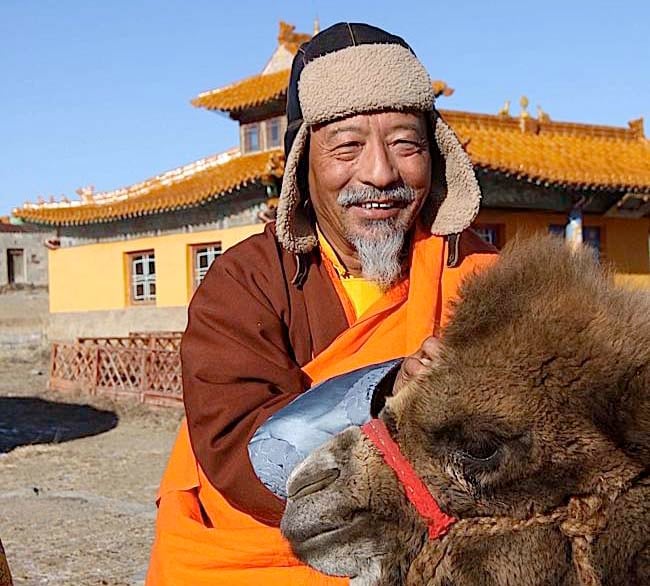
The wait is over for those in Toronto. Venerable Zasep Tulku Rinpoche returns for a month of profound teachings: everything from the all-important Lam Rim foundations through to Guru and Deity Yoga practices, and even—for advanced and diligent practitioners willing to maintain commitments—Highest Yoga Tantric initiations and Chod initiation. (Details of events below.)
So Many Choices
To have the opportunity to take initiation from a highly realized teacher is a rare opportunity. But how do you choose a practice?
Rinpoche explains, in his “Guidelines for Students“:
“Ask yourself about the state of your Dharma practice and where it is at this point in your life. Ultimately you have to take responsibility of your own Dharma practice. The teacher is not going to practice for you. If you do not practice Dharma, no teacher anywhere can transform you into a Buddha. According to the Buddhist teaching of Tathagatagharba, we all have Buddha nature naturally, and we are all destined to become a Buddha sometime in the future, but there is no Enlightenment without Dharma practice. Buddha said life is like a dream. It is as transient as a flash of lightning; twenty, forty, sixty, eighty years pass as quickly as clouds moving across the sky. We think there is time, but there is not. We will all die one day. We have to be serious Dharma practitioners now. Organizing our own Dharma practice means being aware of time: what practices do we have the time and energy to do before death comes?” [5]
Rinpoche will deliver all teachings at Gaden Choling Mahayana Buddhist Meditation Centre, at 637 Christie Street, Toronto, Ontario, Canada.
From Lamrim Foundations to Highest Yoga Practice, Something for Everyone
This month-long round of intense teachings has it all. Buddhist practitioners at all levels can benefit from the teachings on Lama Tsongkhapa and Lamrim. More advanced practitioners in quest of wisdom will be excited to learn Rinpoche is initiating serious students in White Manjushri. In these stressful times, the long life practices of Amitayus can be helpful. Rare Chod practices may suit the compassionate and serious practitioners who are willing to give their all to sentient beings. And, for the very advanced student, already seriously practicing deity yoga, Rinpoche will give teachings and initiations in Highest Yoga Tantra.
These precious practices represent a proven path to Enlightenment, from the basic Lamrim practices to the meaningful Deity Yoga, to “cutting ego” practices of Chod, to the very profound Highest Yoga Tantra practices.

Weekend of Sept 26-27
Lama Tsongkapa’s Guru Yoga Path of Clear Light and Bliss and Three Principle Paths of Lamrim
“Guru Yoga means the “yoga that finds our Guru” and is the practice where we merge our mind with the wisdom of our root Guru and Yidam who we see as one being,” explains the poster from Gaden Choling Mahayana Buddhist Meditation Centre.
Rinpoche will teach this yoga meditation—suitable for most Buddhists with faith. Lam Rim and Guru Yoga are important foundation practices.
About Lamrim
Lamrim is the “graduated path”, containing the complete teachings of Shakyamuni Buddha, in a step-by-step form suitable for any student. Famously, the great Lama Tsonkhapa wrote The Great Exposition on The Gradual Path to Enlightenment (Lamrim Chenmo), possibly the most comprehensive manual of Buddhist practice (now translated to English, in three hefty volumes>> ) [3]
About Guru Yoga
Guru Yoga is often misunderstood, and conceptually awkward for some Westerners due to its emphasis on the Guru. The great Padmasambhava said: “one should reflect upon the qualities of the guru and make request to him.” [1]
It is often said that the root of attainments comes from the Guru, who gave you the teachings. Lama Zopa Rinpoche describes the guru as “the virtuous friend” and explains that the root of attainments came from the Guru. He said, “When you think of Buddha—the deities in sadhanas, for example—remember that they are manifestations of your guru; and when you see, hear, or remember your gurus, remember that they are Buddha. As His Holiness Zong Rinpoche used to explain, when you think of Shakyamuni Buddha, if you think of the guru, you receive greater blessing and by visualizing the guru in the aspect of Buddha, you receive blessing more quickly. When you think of Buddhas and are naturally aware that they are the guru and when you see, hear, or remember your guru and are naturally aware that they are Buddha, at that time you have the realization of guru devotion.” [1]
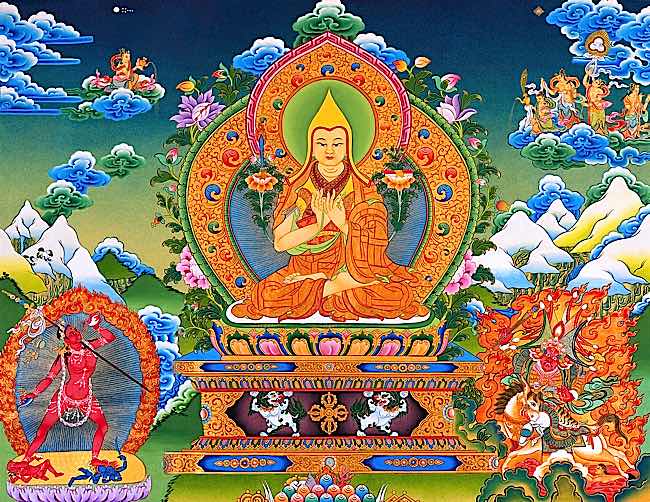
About Lama Je Tsongkhapa
Lama Je Tsongkahapa (1357-1419) embodies the ideals of three great Bodhisattvas: Compassionate Avalokitesvara (Chenrezig), wise Manjushri and powerful Vajrapani. He “is an important master of Tibetan Buddhism and founder of the Gelug school…” according to Bhikshuni Thubten Chodren’s website.
Time: 10:00AM – 5:00PM both Saturday and Sunday
Prerequisites: none
Fee: $25 per day or $40 for the weekend
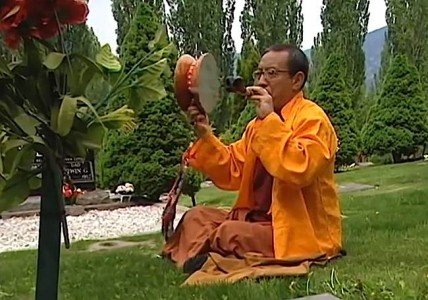
Wednesday Sept 30
Chod Initiation (Ganden Ear-Whispered Lineage)
Note: Advanced practice, requires commitments and vows
“Chod practice was developed by Mahig Labdron, a highly realized Dakini from the 12th century,” explains the Gaden Choling poster for the event. “The purpose of the practice is to develop wisdom and compassion; to heal the sick, remove obstacles, and to purify an environment of negative forces using peaceful means.”
Chod means “to cut”, as in to “cut the ego”. Chod practice is, arguably, the most misunderstood practice among non-practitioners, due to the intense visualizations some people describe as haunting and almost overwhelming moving. Chod is among the most profound of the purification practices in Vajrayana. There is no faster way to “cut the ego.”
Time: 7:00PM – 9:00PM
Prerequisites: Foundation practices and serious practice
Commitments: daily commitment to recite Gate mantras daily, together with Refuge and Bodhisattva Vows.
Fee: $40 for evening
Friday Oct 2
Preparation Initiation of Yamantaka Vajrabhairava
Note: Highest Yoga Practice With Serious Commitments
“Yamantaka is a very important meditation deity of the Highest Yoga Tantra class,” explains the event poster. “He is one of the three principal meditational deities of the Gelug school (the others are Charkasamvara and Guhyasamaja).”
Yamantaka was the main yidam practice of the great Lama Tsongkhapa, the founder of the Gelugpa school. With Yamantaka practice, he achieved Enlightenment in his lifetime.

About Yamantaka
Yamantaka is a “wrathful deity”, often considered the fiercest of the fierce, since he “conquered death” itself. (See this Buddha Weekly feature on Wrathful Deities>>)
Yamantaka (literally meaning “destroyer of death”), also known as Vajrabhairava (meaning “Adamantine Destroyer”), is a Highest Yoga Tantra practice and should only be considered by advanced students. This is not only because it comes with serious commitments, but because it requires a strong foundation in precursor practices such as Guru Yoga, Creation Yoga (Kriya Tantra), and Purification practices.
Time: 7:00PM – 9:00PM
Prerequisites: Foundation practices and serious previous practice in deity yoga and Guru yoga
Commitments: Although this is preparation for the main initiation on Saturday, the main initiation has a major daily sadhana commitment together with Refuge, Bodhisattva Vows, AND Tantric Vows.
Fee: BOTH Friday and Saturday $50 total or $35 total for Seniors/Students
Saturday Oct 3
Main Yamantaka Initiation with Commitment, Bodhisattva and Tantric Vows and Including Six Session Guru Yoga daily practice
Note: Highest Yoga Practice With Serious Commitments
“Having undergone the preparation initiation for this profound practice, initiates will receive the four great empowerments The Abhisheka is the gateway to the practice of Tantra,” explains the event poster. “This Highest Yoga Tantra practice requires vows and daily commitments which are meant to be taken very seriously.”
Yamantaka is one of the main meditation deities of the Gelugpa tradition. The practice is intended for practitioners who have foundation practices and who are willing to commit to a serious, unbreakable daily commitment.

About Annutarayoga Tantra (Highest Yoga Tantra)
Highest Yoga Tantra is not for light practice or “lazy practice” as it’s sometimes called. Highest Yoga Tantra, on the other hand, if one has the will, powerfully cuts through the obstacles to our Enlightenment.
As Alexander Berzin put it in his talk on Yamantaka Practice (June 2013): “What is it that is going to prevent us from attaining that state of a Buddha? Our own confusion, our own laziness, our own bad temper and anger, our own attachments. This is the real enemy – it’s all these disturbing emotions and negative attitudes in our own minds. So we really need some very, very strong force not to just give in and let ourselves be ruled by this confusion. We need a combination of compassion – we want to help others – and force and strength that “I’m not going to let all this junk that’s going on in my mind prevent me from being able to help others,” like laziness: “I don’t feel like doing it. I don’t feel like going and helping somebody.” You have to cut through that. So we have to use some very strong energy.”
In other words, Highest Yoga Tantra gives us that very strong energy, and helps us cut through the obstacles, but it requires commitment and experience to harness it. [4]
About Yamantaka Vajrabhairava
Yamantaka literally means “the one who puts an end to death.” The force that can put an end to Death must be the strongest of the strong, the most forceful of the forceful, the most wrathful of the wrathful—but a force motivated by compassion and wisdom. Yamantaka is, in fact, an aspect of Manjushri, the great and peaceful Buddha of Wisdom.
The practice is explained by Alexander Berzin in his talk in Moscow: “In the Gelug tradition this became very, very strongly practiced. In this system of putting together the three practices of these three deity systems – Guhyasamaja, Chakrasamvara, and Yamantaka or Vajrabhairava (two names) – Yamantaka is the container within which the other two practices can be included. And all the protector practices that are done in the Gelug tradition are all done within the context of oneself arising as Yamantaka.”
Time: 2:00PM – 6:00PM
Prerequisites: MUST HAVE TAKEN PREPARATION INITIATION OF YAMANTAKA, Friday Oct 2.
Commitments: This initiation has a major daily sadhana commitment together with Refuge, Bodhisattva Vows, AND Tantric Vows and Daily Six Session Guru Yoga.
Fee: BOTH Friday and Saturday $50 total or $35 total for Seniors/Students
Wednesday Oct 7
White Manjushri Initiation
Note: Commitment, Refuge and Bodhisattva Vows
“White Manjushri is a Buddha of wisdom whose practice is powerful for helping us to clear our mind and for helping us to gain a deep understanding of Dharma practice,” explains the event poster. “This method will improve and recover memories that may have weakened due to mental/physical pain and old age.”
It was from Manjushri that Lama Tsongkhapa, after engaging in a 4 year retreat in a cave, directly received teachings. Just as wisdom has many forms and faces, Manjushri has many forms, white, orange, green, blue, white, four-armed and in fierce aspects such as the great Yamantaka, 4-faced Mahakala and Black Manjushri.

This initiation in White Manjushri is well-known for its effectiveness in helping students develop the wisdom understanding emptiness, but more immediately it is known for improvement of cognitive abilities, memory — and is helpful preventing early age-related memory loss, or even forms of Dementia. (See this Buddha Weekly story on the effectiveness of visualized meditation on Alzhiemer’s>> )
Time: 7:00PM – 9:00PM
Commitments: This initiation has commitment together with Refuge, Bodhisattva Vows.
Fee: $40
Sunday Oct 18
Vajrayogini Initiation
Note: Highest Yoga Tanttra with serious Commitments including Tsog offering 2 times per month, taking of Bodhisattva and Tantric vows.
“Venerable Vajrayogini Practice is the essence of all mother Tantras: a very sacred practice,” explains the event poster. “One could reach the state of Vajrayogini-hood and Her realizations within this lifetime.”
About Vajrayogini
Vajrayogini is among the highest practices aspired to by many serious practitioners. These serious practitioners are most fortunate. To take Vajrayogini initiation, previous Highest Yoga Tantra initiation is required, in this case Yamantaka Initiation. Only serious students, able to commit significant time daily to practice, should consider Vajrayogini initiation.

Vajrayogini is first and most important among the Dakinis. She is considered the “Sarva Buddha Dakini” the Dakini Who is the Essence of All Buddhas. Her radiant body is ablaze, dancing with the heat of yogic fire, surrounded by the flames of wisdom.
Time: 2:00PM – 6:00PM
Prerequisites: MUST HAVE TAKEN FULL TWO-DAY INITIATION OF YAMANTAKA.
Commitments: This initiation has a major daily commitment and twice-monthly Tsog Offering requirement (offering feast), together with Refuge, Bodhisattva Vows, AND Tantric Vows.
Fee: $50 or $35 total for Seniors/Students
Sunday Oct 21
Amitayus Long Life Initiation
Note: Commitment: Bodhisattva vow.
“Amitayus is the Buddha of Long Life. Through the practice of Buddha Amitayus yoga, we can develop the siddhi of long life and have opportunities to practice Buddha Dharma while we are alive, obtaining highest realizations like the great masters Milarepa and Mahasiddha Rechunpa, lineage holders of this practice,” explains the event poster. “In order to overcome obstacles of long life and increase our lifespan, we practice the method and yoga of Buddha Amitayus.”
The Buddha of Infinite Life is none other than Amitabha in the form of the Buddha of Long life and Increase. While outwardly, His practice is known for also increasing good health, helpful friends and living conditions supportive of Dharma practice, the deeper benefits include a greater understanding of the Dharma, and support for practicing morality. Like Amitabha, his light removes the darkness of ignorance.

In his visualization, he typically holds a long-life vase filled with the nectar of immortality. Students often offer Amitayus practice to their teachers and Gurus, requesting they live long and teach and spread the Dharma.
Time: 7:00PM – 9:00PM
Commitments: Bodhisattva Vow.
Fee: $40
About Zasep Tulku Rinpoche
Rinpoche is the spiritual guide for Gaden for the West—with several meditation centres across Canada, Australia and the United States. He travels extensively, teaching several times each year in parts of Canada, Australia, the US and Mongolia. Rinpoche received many teachings and initiations from other great lamas, legendary teachers such as: Yongzin Trijang Rinpoche, His Holiness Kyabje Ling Rinpoche, Venerable Geshe Thupten Wanggyel, Kyabje Zong Rinpoche, Venerable Lati Rinpoche, Venerable Tara Tulku Rinpoche and Venerable Khalkha Jetsun Dampa Rinpoche. (More about Zasep Tulku Rinpoche>>)
About Gaden Choling Toronto
Gaden Choling Mahayana Buddhist Meditation Centre is among the oldest Tibetan Buddhist Centres in Canada, having celebrated its 30th year this year.
An event poster celebrating the event described Gaden Choling this way: “It is one of the oldest Tibetan Buddhist centres in Canada and has been a source of refuge for many practitioners of Buddha Dharma over the years. Many great spiritual teachers, such as Kyabje Zong Rinpoche, Tara Tulku Rinpoche and HH Khalkha Jetsun Dhampa Rinpoche have given many amazing holy teachings and initiations at Gaden Choling.” More about Gaden Choling’s 30th Anniversary>>)
Location
Gaden Choling Mahayana Buddhist Meditation Centre
637 Christie Street, Toronto, Ontario, Canada.
POSTER of EVENT
NOTES
[1] “The Kindness of the Guru” by Kyabje Lama Zopa Rinpoche
[2] “5 Reasons I Haven’t Settled on a Buddhist School – In search of Buddhism’s most immaculate vehicle” by Brent R. Oliver, Trycicle Aug 18, 2015
[3] The Great Treatise on the Stages of the Path to Enlightenment, Volume 1 Paperback: 440 pages
- Publisher: Snow Lion; Reprint edition (Dec 9 2014)
- Language: English
- ISBN-10: 1559394420
- ISBN-13: 978-1559394420
The Great Treatise on the Stages of the Path to Enlightenment, Volume 2
- Paperback: 304 pages
- Publisher: Snow Lion (Dec 9 2014)
- Language: English
- ISBN-10: 1559394439
- ISBN-13: 978-1559394437
The Great Treatise on the Stages of the Path to Enlightenment, Volume 3
- Hardcover: 448 pages
- Publisher: Snow Lion; 1 edition (Nov. 19 2004)
- Language: English
- ISBN-10: 1559391669
- ISBN-13: 978-1559391665
[4] “Introduction to Vajrabhairava System of Anuttarayoga Tantra” speaking engagement in Moscow Russia, June 2014, Alexander Berzin.
[5] “Revised Guidelines for the Dharma Students of Venerable Zasep Tulku Rinpoche” , Canada 2013
The post Venerable Zasep Tulku Rinpoche, Spiritual Director of Gaden for the West, Returns to Toronto for a Month of Precious Teachings in September and October appeared first on Buddha Weekly: Buddhist Practices, Mindfulness, Meditation and Views.








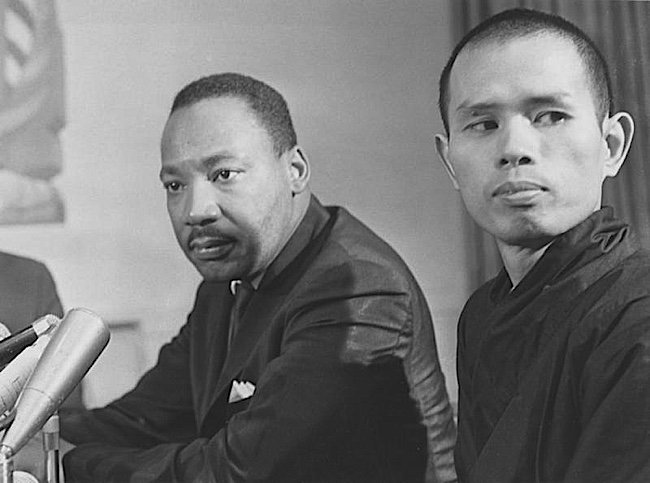
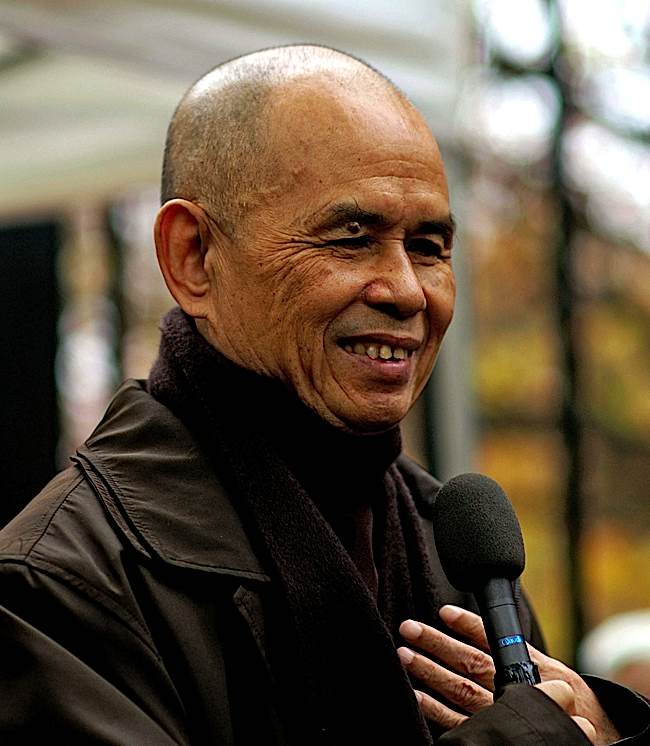
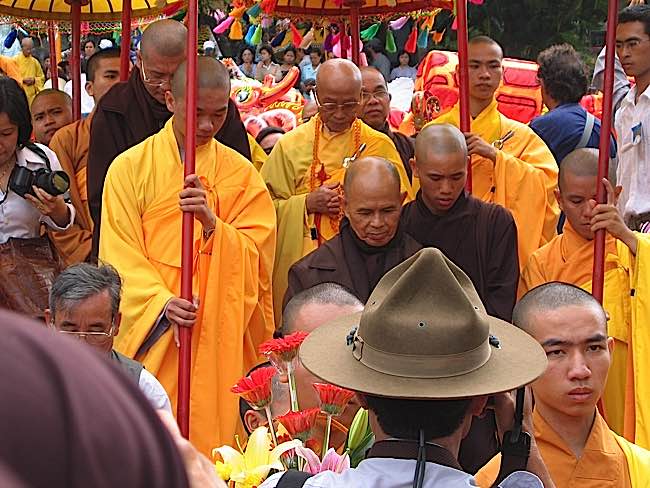

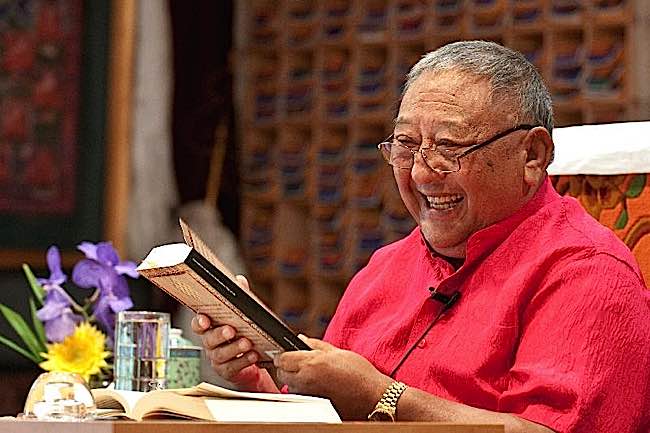

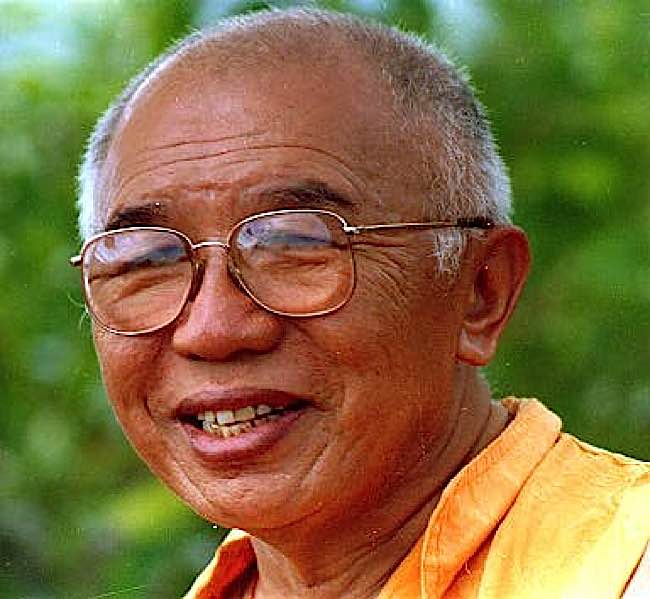
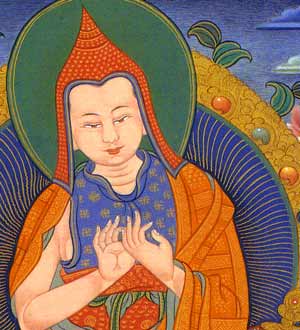

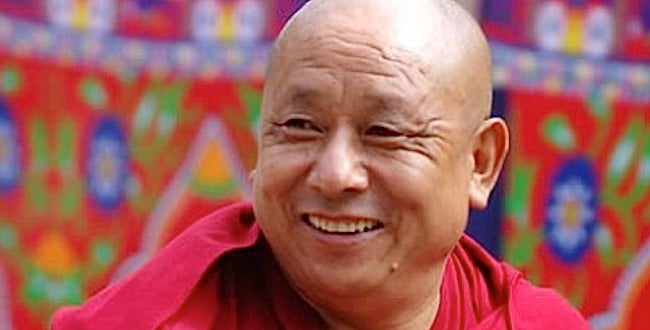
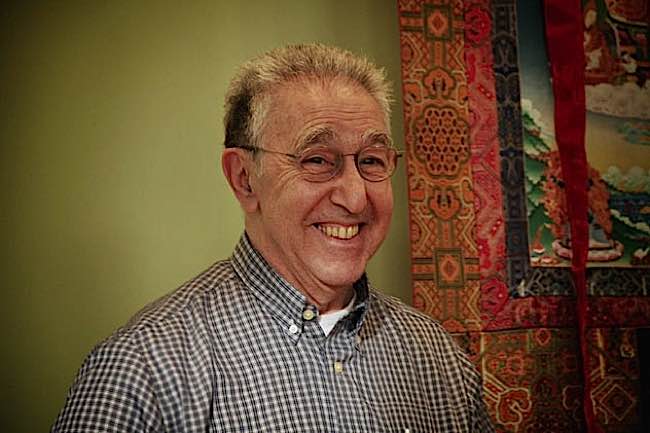

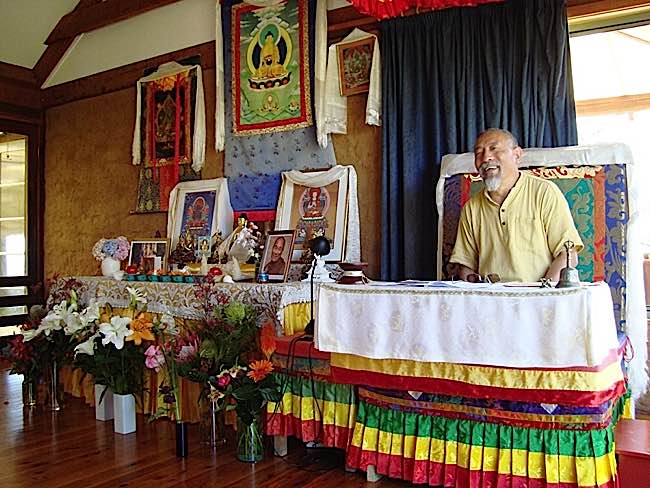
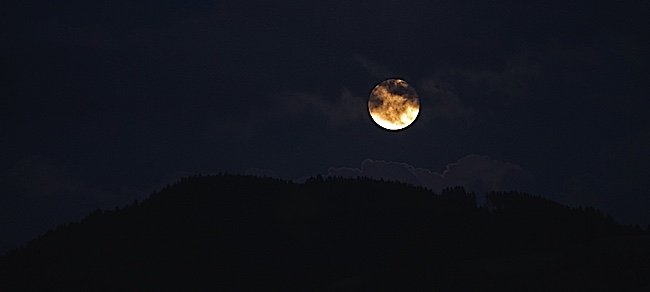
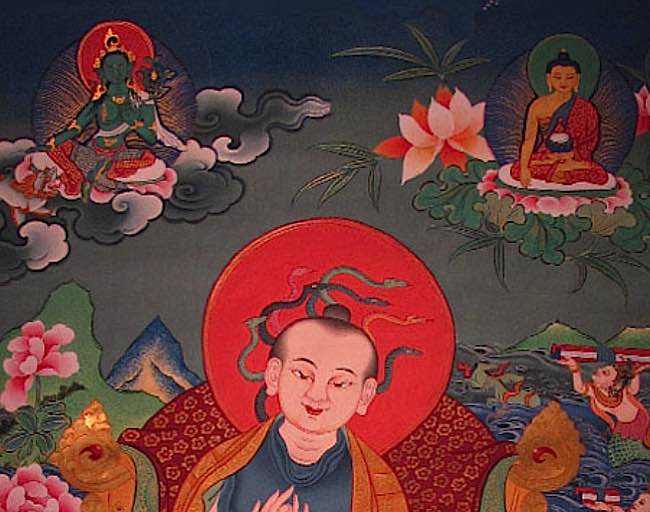
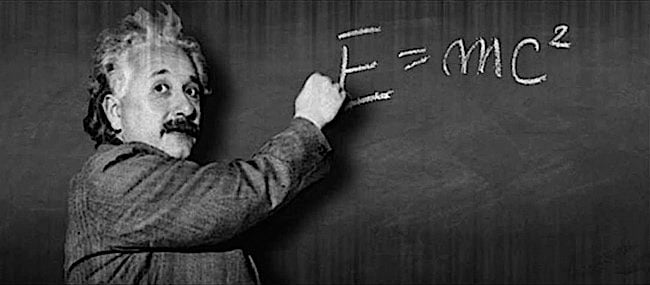

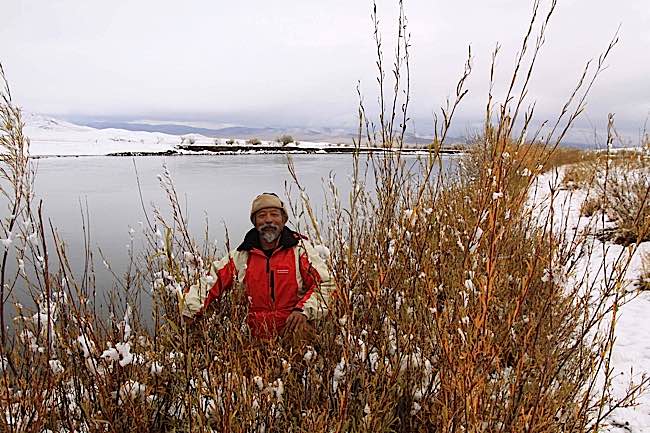
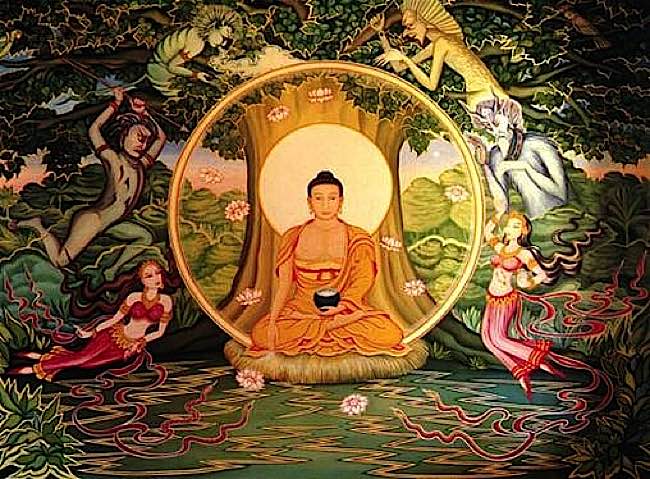
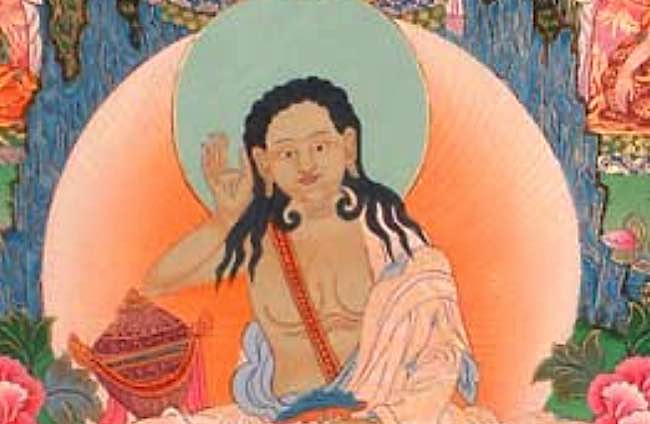

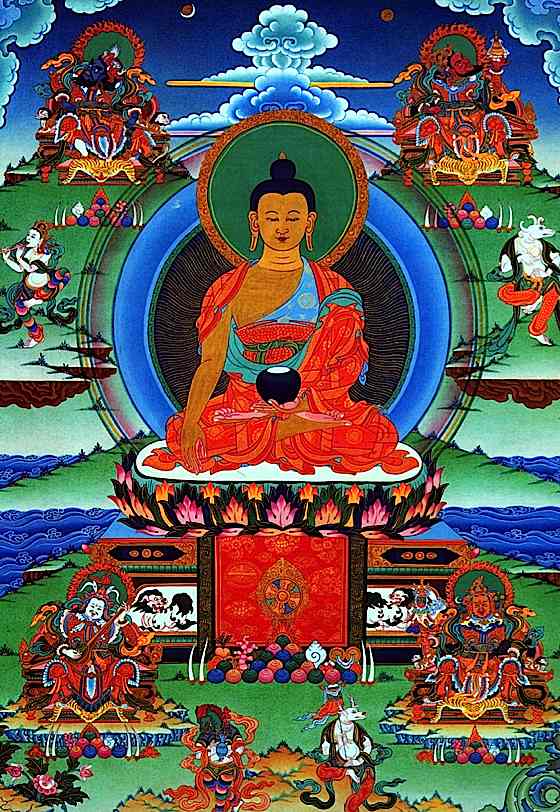
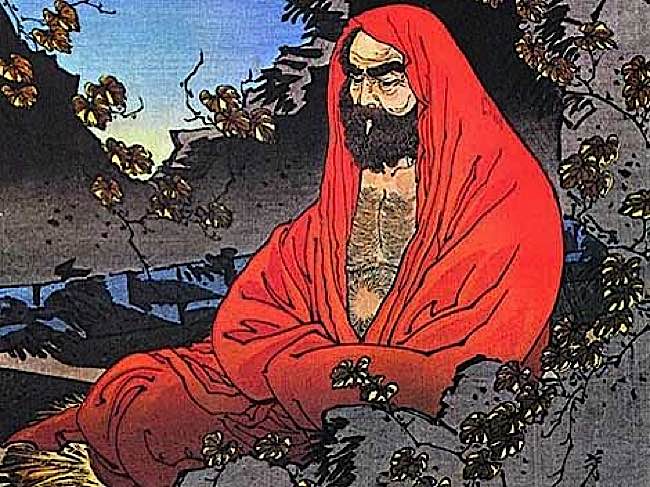


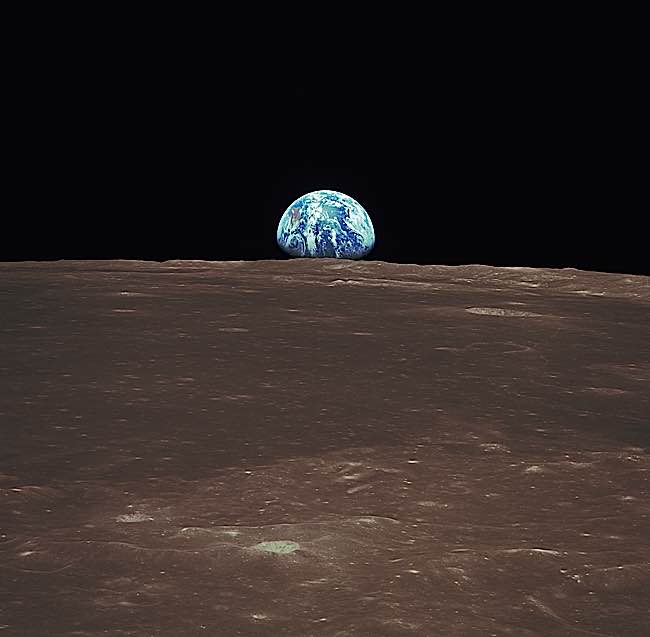

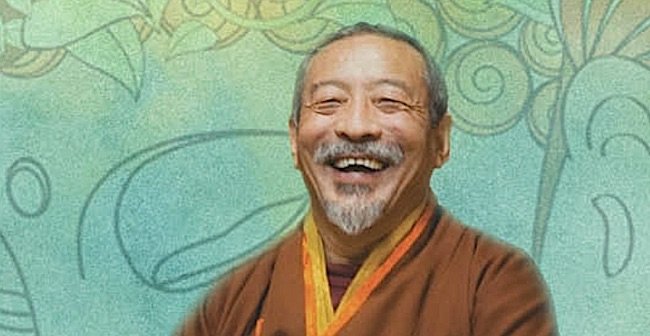

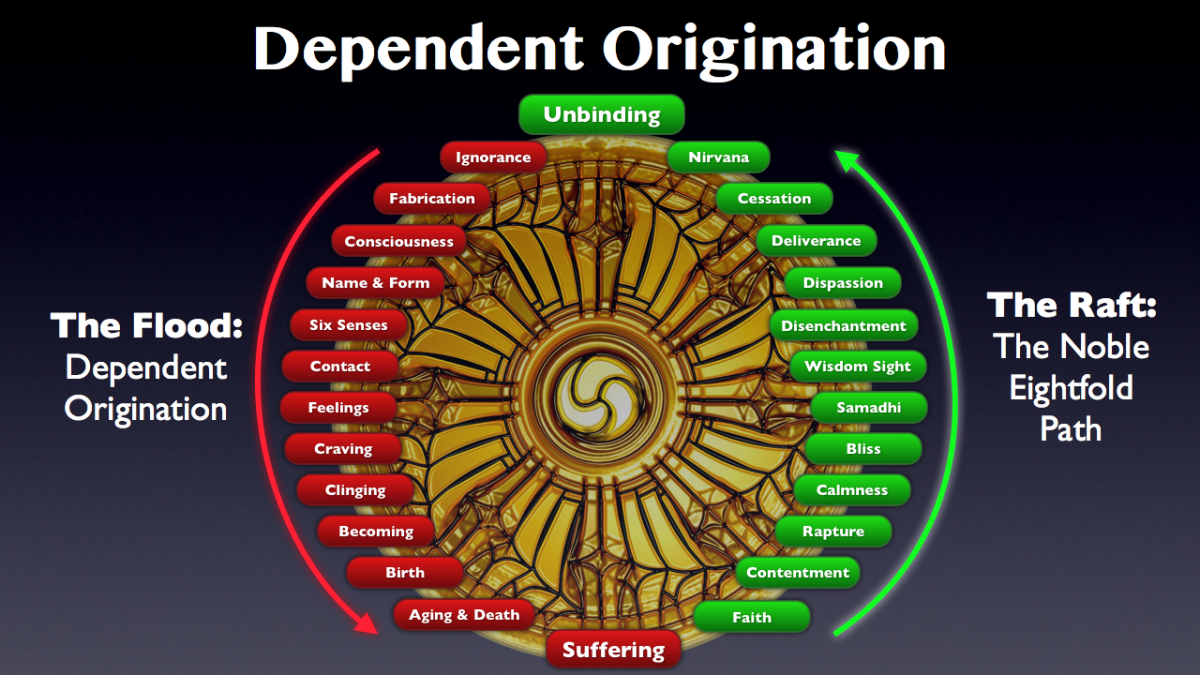






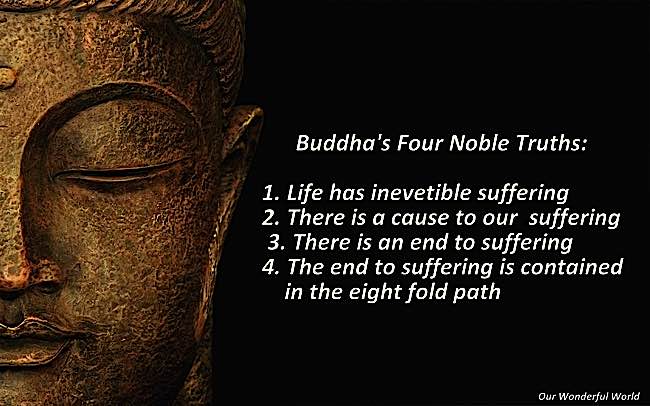
![Online, there are numerous "interpreted quotes" and "false" quotes from this popular sutta. A lively debate on "fake quotes" from Kalama Sutta on the "Fake Buddha Quotes" website more or less debunks the most common online versions of this teaching. [15]](http://buddhaweekly.com/wp-content/uploads/2015/12/Buddha-Weekly-Quote-from-Kalamata-Sutta-Fake-Buddhism.jpg)



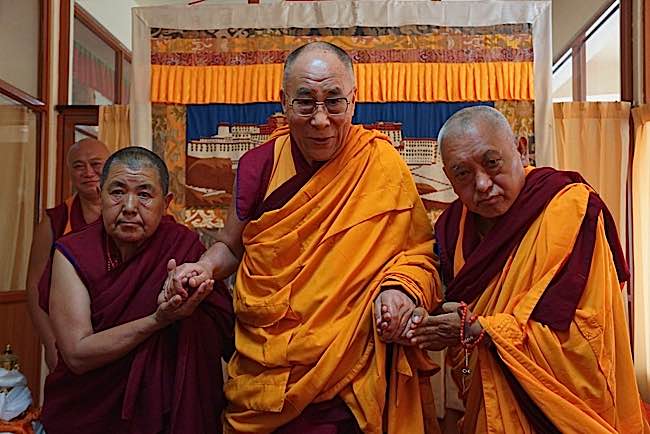



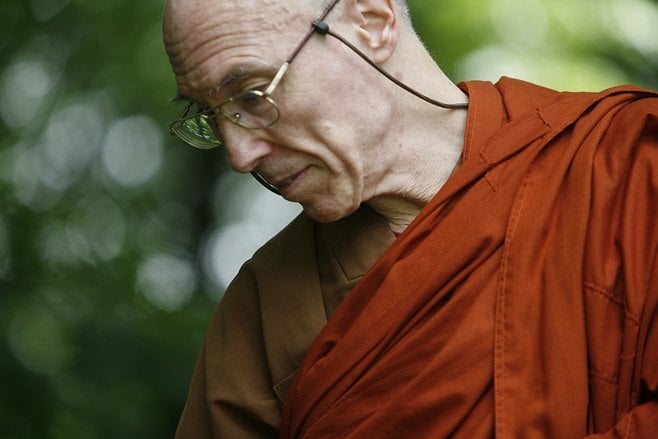
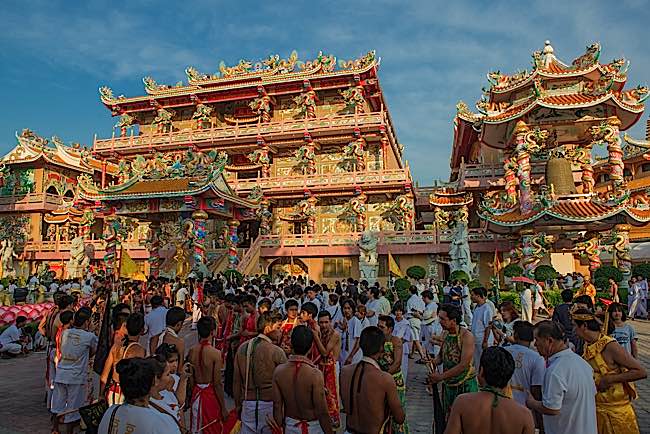
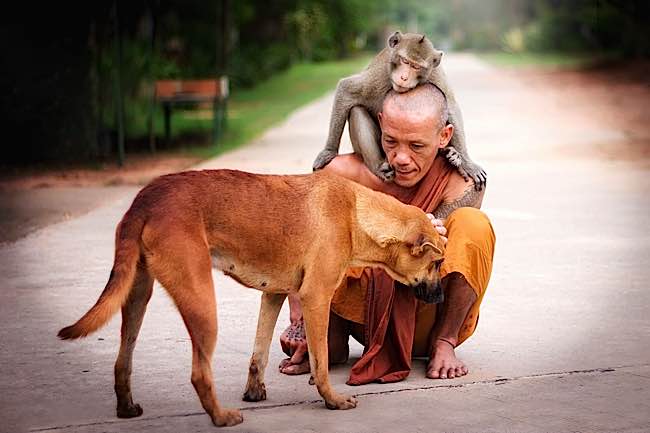
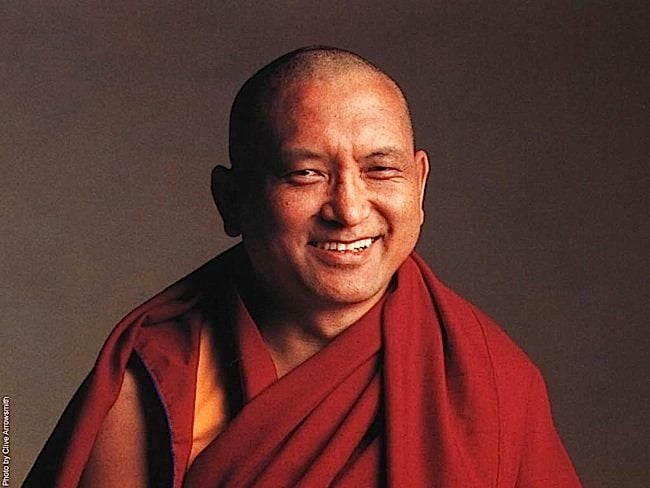

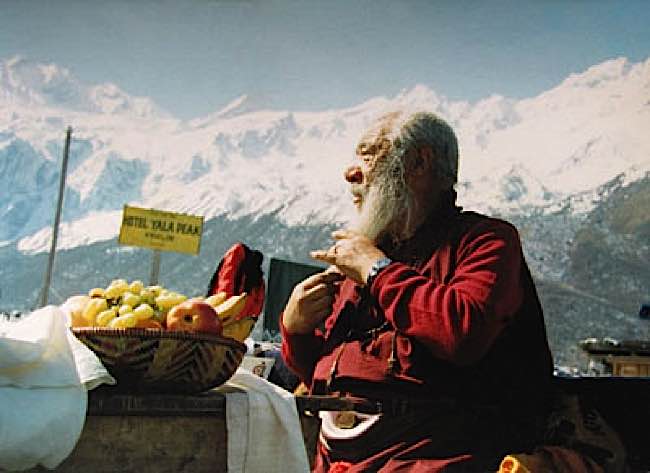
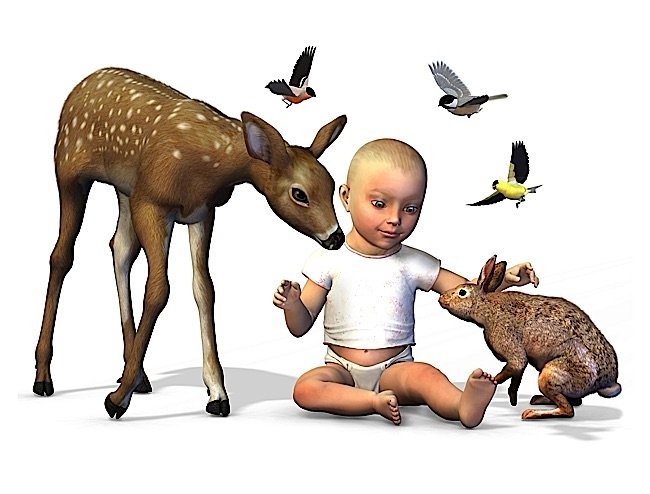
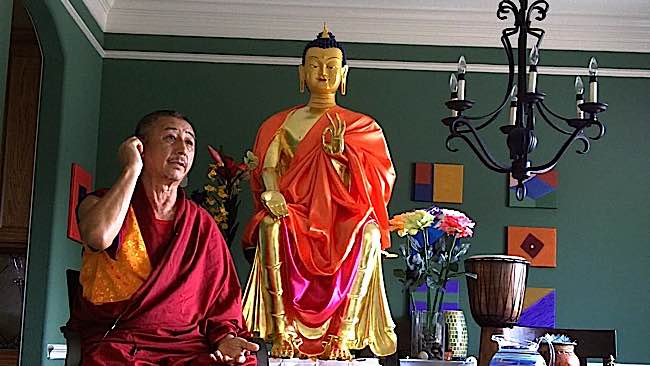









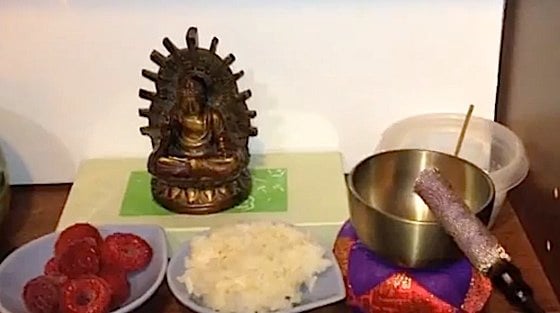
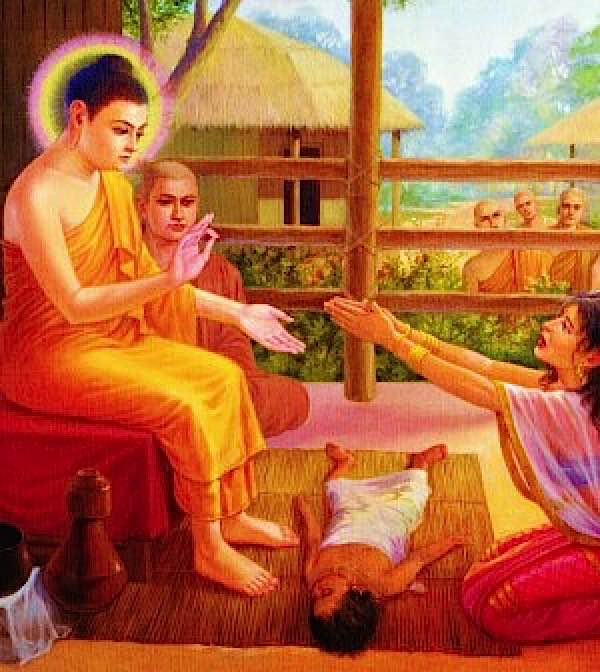



















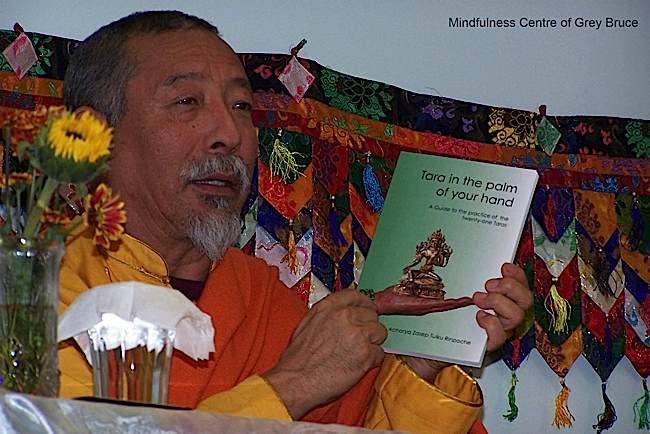





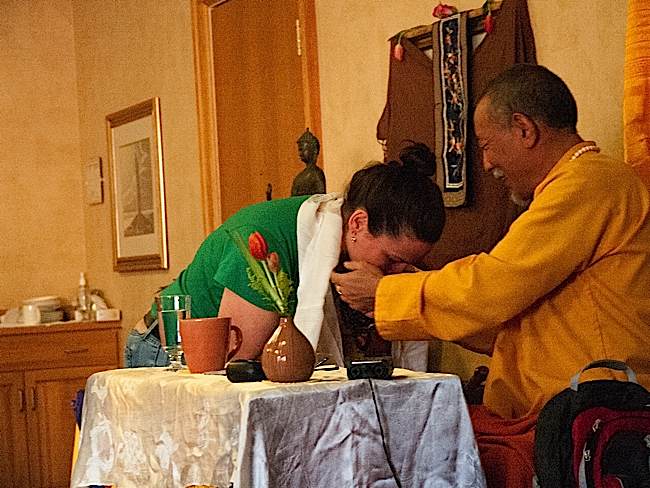







 Zasep Rinpoche: Today, we all have many different kind of problems. Every person has their own issues, older, middle aged and young people. And society, we have a lot of problems. I see a lot of young people suffering a lot. Some of them don’t see hope for the future. For them, future doesn’t seem bright: the population so big, environmental and social problems. People get depressed and families break up.
Zasep Rinpoche: Today, we all have many different kind of problems. Every person has their own issues, older, middle aged and young people. And society, we have a lot of problems. I see a lot of young people suffering a lot. Some of them don’t see hope for the future. For them, future doesn’t seem bright: the population so big, environmental and social problems. People get depressed and families break up.
 Lamrim means graduated path to enlightenment. Lamrim is a profound Buddhist teaching, profound Tibetan Buddhist teaching. Lamrim helps explain where you are right now, and how to progress and improve step by step. But, there are different Lamrim books. Some books are very traditional, some are less traditional. Some are quite dry and hard to read or understand for newer students. Some topics can be more difficult for newer students, for example karma, obscurations, reincarnation. Some of the traditional texts are very rigid.
Lamrim means graduated path to enlightenment. Lamrim is a profound Buddhist teaching, profound Tibetan Buddhist teaching. Lamrim helps explain where you are right now, and how to progress and improve step by step. But, there are different Lamrim books. Some books are very traditional, some are less traditional. Some are quite dry and hard to read or understand for newer students. Some topics can be more difficult for newer students, for example karma, obscurations, reincarnation. Some of the traditional texts are very rigid.

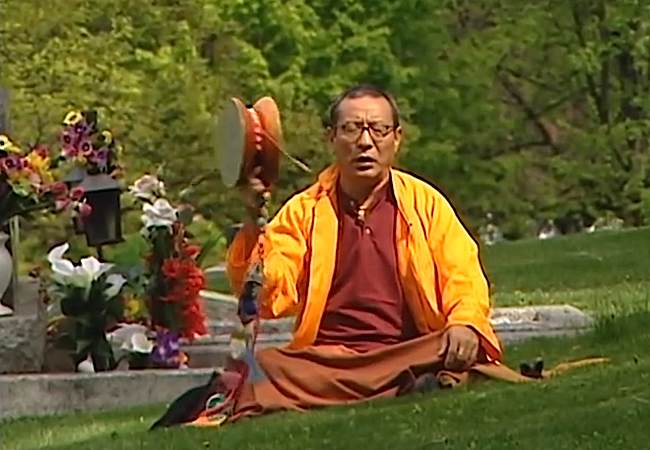





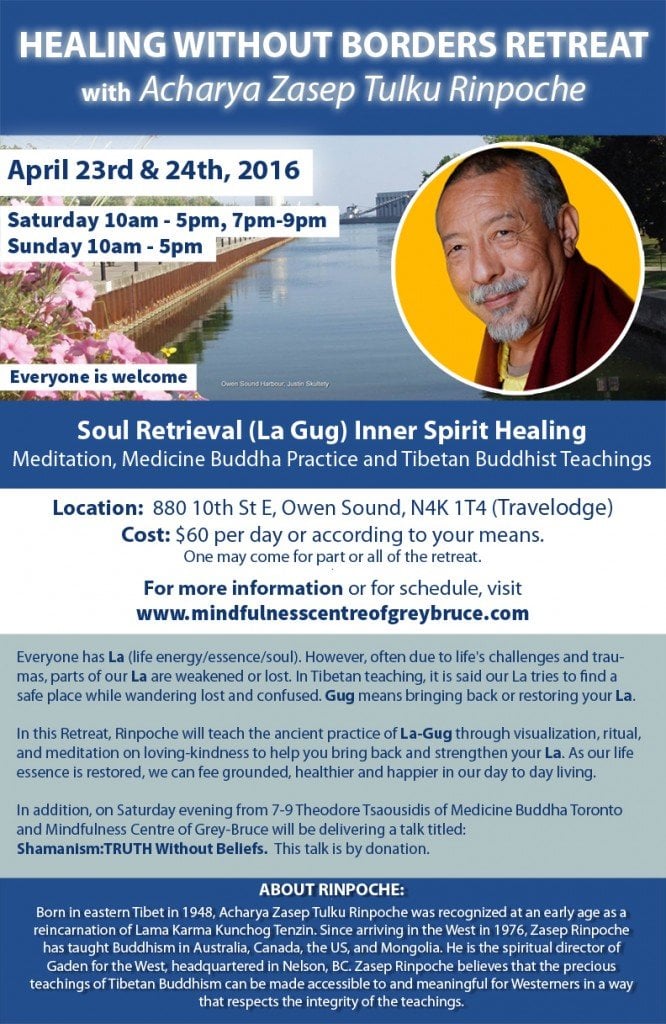
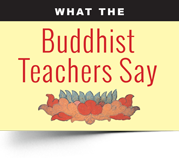 Similarly, in Mahayana Buddhism, we might be happy with our daily meditation on Shakyamuni Buddha, or your personal Yidam (meditational deity) — our metaphorical family doctor, attending to our spiritual health. In times of special need, we might turn to visualized “labeled” aspects of Buddha. Ultimately, all aspects of the Enlightened Buddha — various “labeled” deities — are one, but it can be helpful to reinforce specialized mediation goals with a focus on a particular property. For instance, if we receive that dreaded diagnosis from our doctor, we might think of “the specialists” — Enlightened aspects of Buddha that focus specifically on our problem.
Similarly, in Mahayana Buddhism, we might be happy with our daily meditation on Shakyamuni Buddha, or your personal Yidam (meditational deity) — our metaphorical family doctor, attending to our spiritual health. In times of special need, we might turn to visualized “labeled” aspects of Buddha. Ultimately, all aspects of the Enlightened Buddha — various “labeled” deities — are one, but it can be helpful to reinforce specialized mediation goals with a focus on a particular property. For instance, if we receive that dreaded diagnosis from our doctor, we might think of “the specialists” — Enlightened aspects of Buddha that focus specifically on our problem.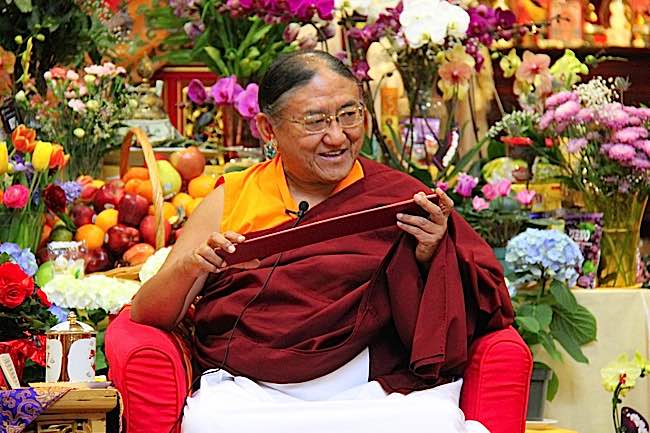
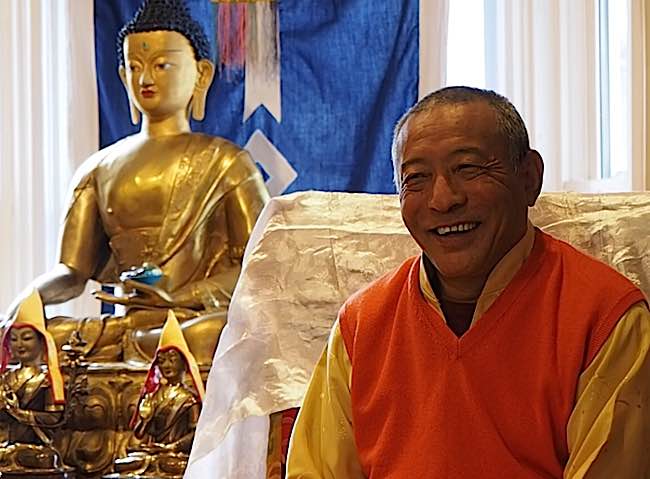
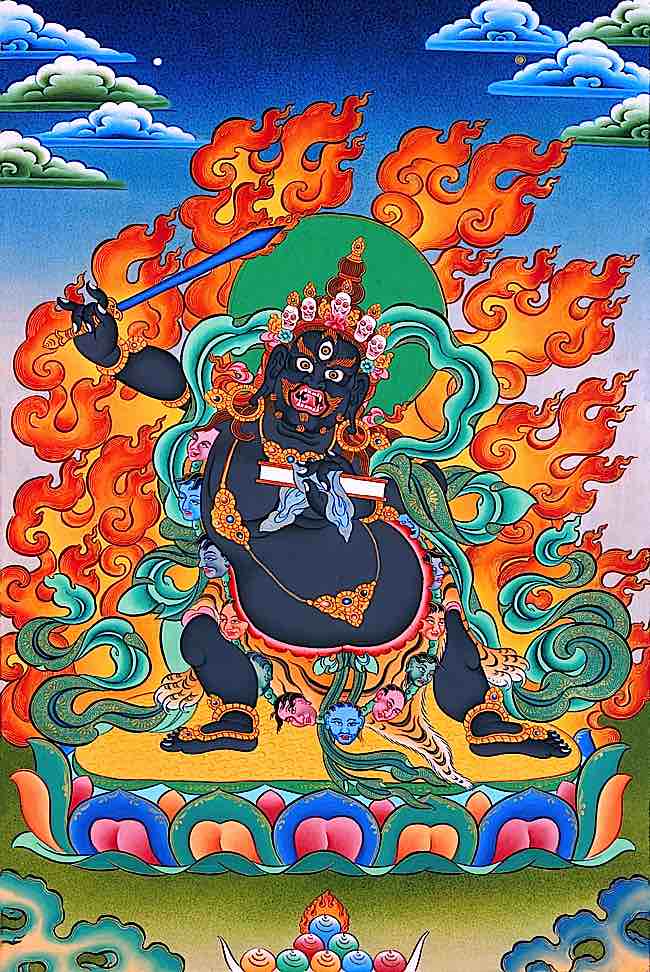

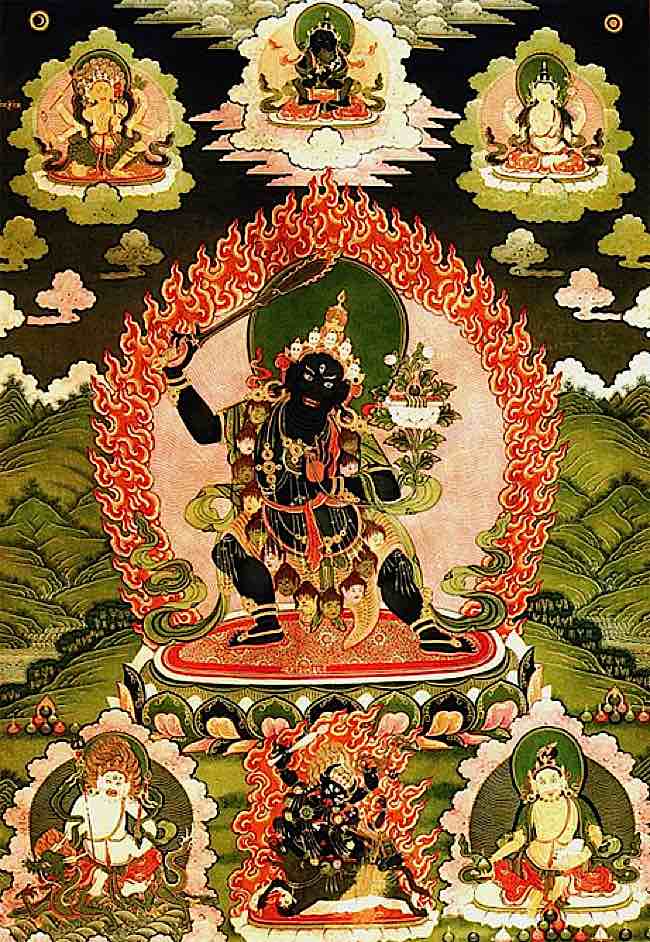
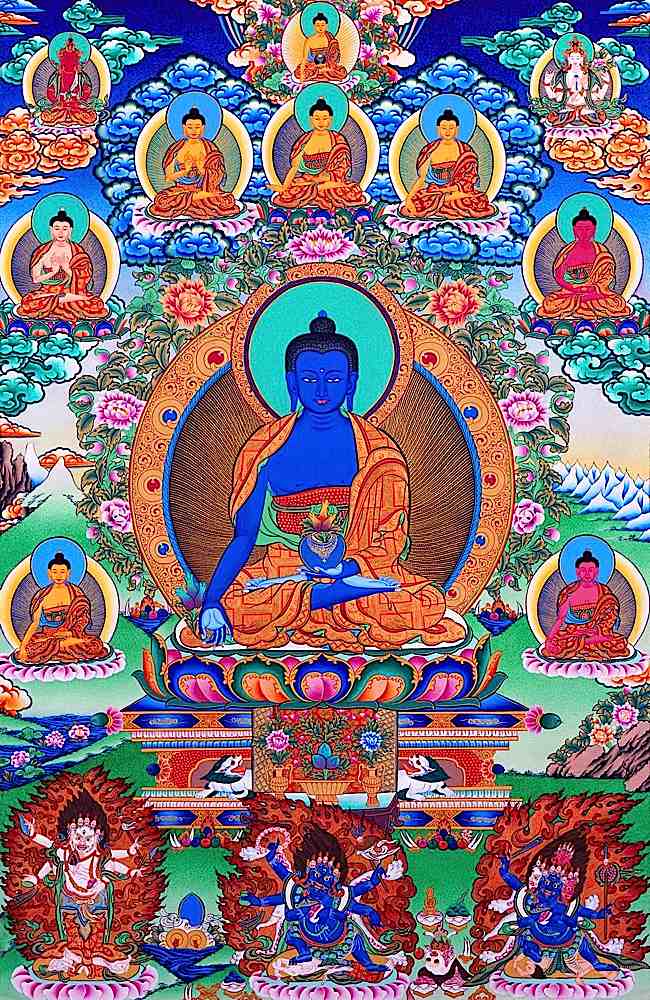
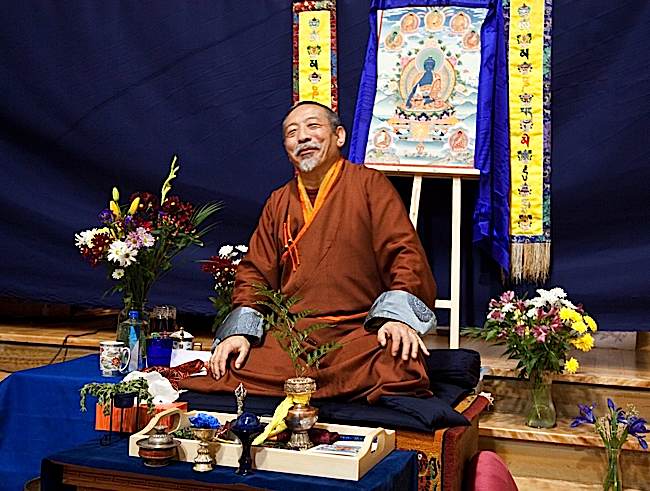
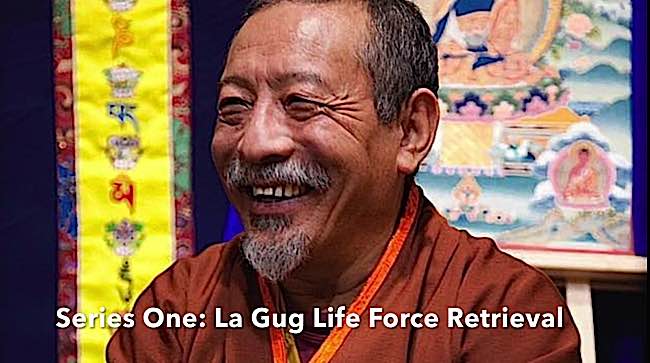
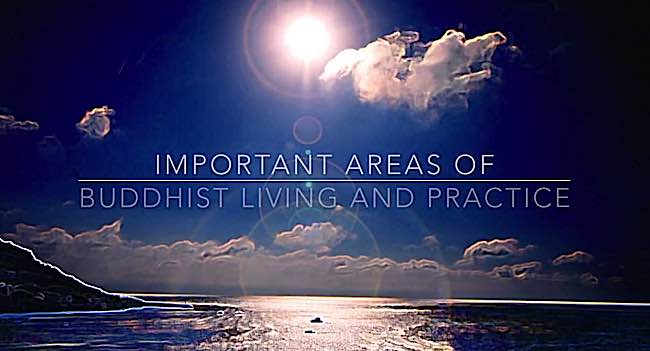


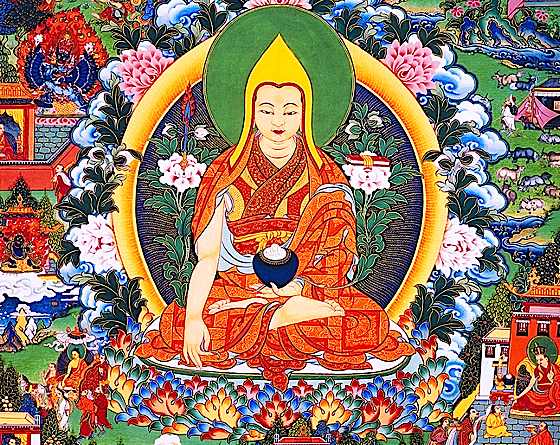

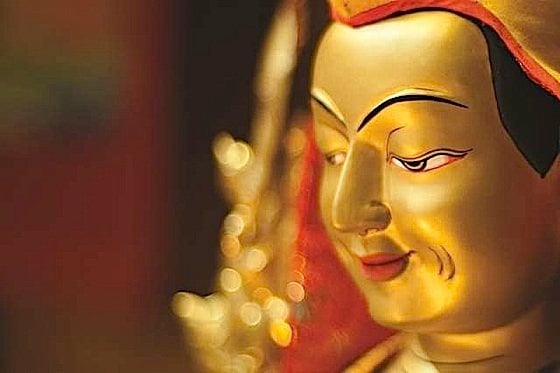

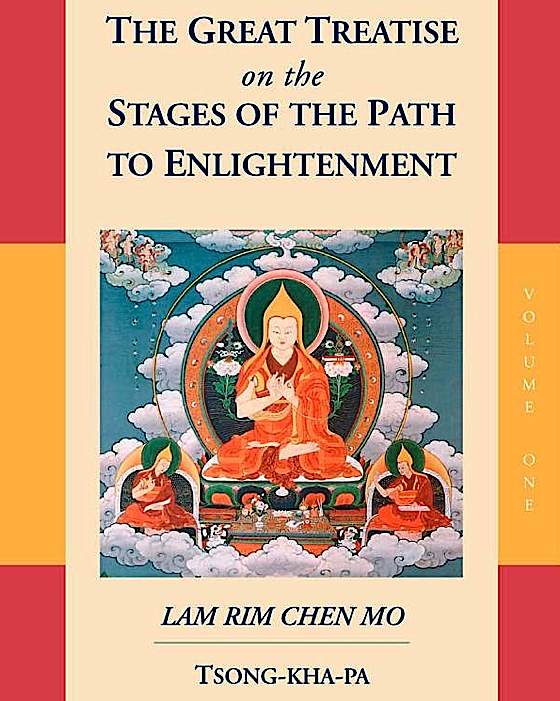

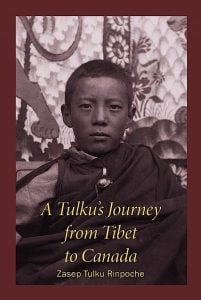


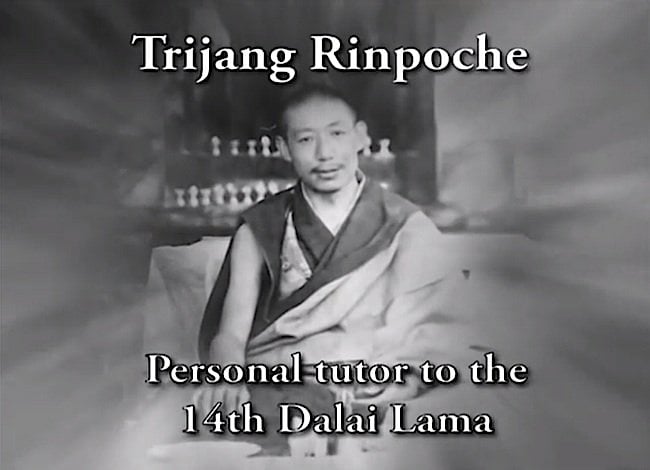
 On Saturday November 12, 2016, Zasep Rinpoche will be at the Wychwood Library, 2pm-4pm at 1431 Bathurst St., Toronto, to launch his autobiography A Tulku’s Journey from Tibet to Canada. In a Buddha Weekly advance book review was described as “equal parts autobiography, spiritual epic journey, gripping adventure narrative, inspiring Buddhist life example, and a travelogue spanning nine countries.”
On Saturday November 12, 2016, Zasep Rinpoche will be at the Wychwood Library, 2pm-4pm at 1431 Bathurst St., Toronto, to launch his autobiography A Tulku’s Journey from Tibet to Canada. In a Buddha Weekly advance book review was described as “equal parts autobiography, spiritual epic journey, gripping adventure narrative, inspiring Buddhist life example, and a travelogue spanning nine countries.” 






